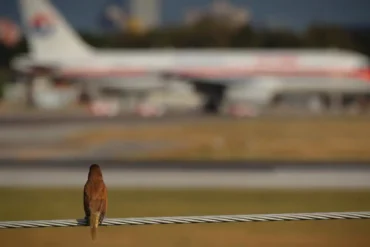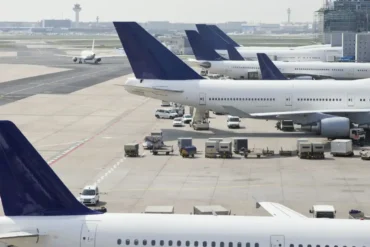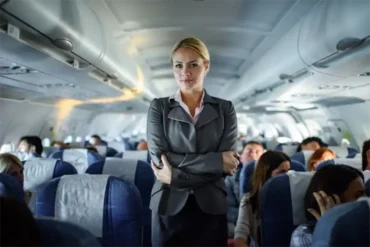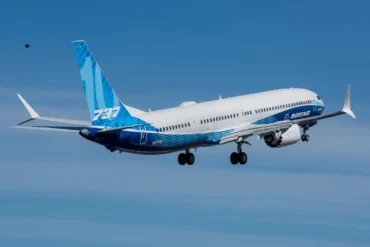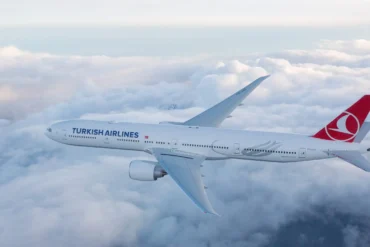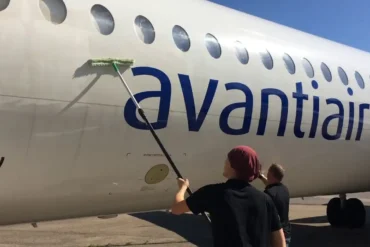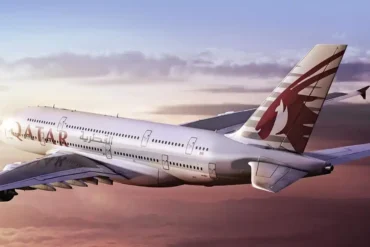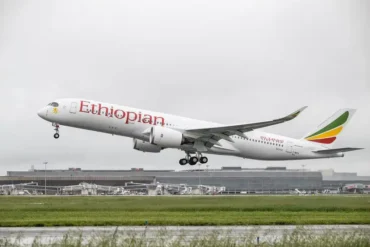Bird strikes might not happen every day, but they’re a big problem for airlines around the world. The Federal Aviation Administration says over 10,000 bird and wildlife strikes are reported each year in the U.S. alone. So finding ways to prevent these incidents has become a top priority. But how exactly are airlines trying to reduce the number of bird strikes?
Some key facts
Most bird strikes take place at night, especially in Europe and North America. About one third happen when a plane is coming in to land, another third occur during takeoff, and a little over a quarter happen during the actual landing.
These incidents can be more than just dangerous for the birds. They can also disrupt flights and damage aircraft. Since 1988, over 290 people have sadly lost their lives due to wildlife strikes. On top of that, U.S. airlines face costs of more than $650 million every year to deal with this issue.
Airlines and Airports Work Hard to Avoid Bird Strikes
With so many different factors involved, airlines, pilots, and airports all play a crucial role in minimizing the risks from bird strikes.
I recently spoke with Captain Chris, an experienced Airbus A350 training captain, to learn how pilots handle bird strikes. Chris stressed that there are preventive measures in place. But he said the response always depends on the specifics of the situation.
“Bird strikes don’t happen often, but their impact depends on the size of the aircraft and the size of the bird,” Chris explained. “A goose poses a much bigger risk than a sparrow.”
“A couple years ago at Glasgow, I hit a large seagull that left a fist-sized dent on the wing’s leading edge. That would’ve been much worse for a smaller plane. Most airports use equipment to scare away birds and prevent these kinds of incidents.”
Chris recalled personally experiencing a bird strike during flight training in Glasgow. He hit a big seagull but, with engineers on board who saw it happen, there was no visible damage from inside the aircraft. They kept training, checking the runway for debris after reporting to the tower. Any obvious damage or system issues would have meant landing immediately. But they still filed a full report after landing as a precaution.
Keeping Animals Off Runways: How Airports Try to Limit Hazards
It’s not just birds. Land animals can also be a problem, with larger creatures posing more risk.
“Size matters. Every major airport has secure fencing around the boundaries. That’s a key defense against animals getting onto the airfield or, even worse, the runway,” Chris emphasized.
To illustrate the issue, he shared a story about a delay at New York’s JFK airport. The ground crew had to remove around 40 large turtles from runway 04L, causing a 15 minute wait before departure.
Eyes on the ground
Airport staff also play a role in heading off potential animal strikes. London’s Heathrow Airport, for example, invests in research to understand local bird species and how they respond to various deterrents.
The airport carefully manages the grassy areas, keeping it between 6 and 8 inches tall. That discourages birds from landing there. Heathrow also works on biodiversity initiatives around the airport. That ensures the preservation of nature while steering animals away.
Working Together: How Airports Keep Wildlife Away
Airports often use speakers to broadcast distress calls that scare away birds. They cover open waters to make them less appealing. Efforts like insect control address factors in the food chain that draw in birds. Aviation groups and wildlife organizations collaborate to encourage animals to live in other areas instead.
Some airports take a stricter stance, capturing and even euthanizing problematic birds if necessary.
Being proactive
Even with all these measures, animals can still sometimes get through. Boeing recommends that if large birds or flocks are seen near runways, pilots should consider delaying takeoff or landing. After informing the tower, they can wait for the airport to intervene or choose an alternative, undisturbed runway.
For airports prone to wildlife, airlines are advised to review bird strike scenarios during pre-flight briefings. Crews should plan for extra landing distance in case a bird strike limits use of thrust reversers.
Prevention strategies
To reduce bird strikes, pilots should avoid low altitude maneuvers near areas with lots of birds. It’s best to maintain speeds under 250 knots below 10,000 feet and climb rapidly right after takeoff. Airlines can proactively adjust flight schedules in regions with known or expected wildlife activity.
Staying alert
While most animal strikes have limited effects, the cumulative damage over time makes prevention crucial. Aviation stakeholders work together to minimize the chance of collisions with creatures ranging from wild boars to bears that have wandered onto runways in recent years. Their coordinated efforts aim to reduce risks during airline operations.

